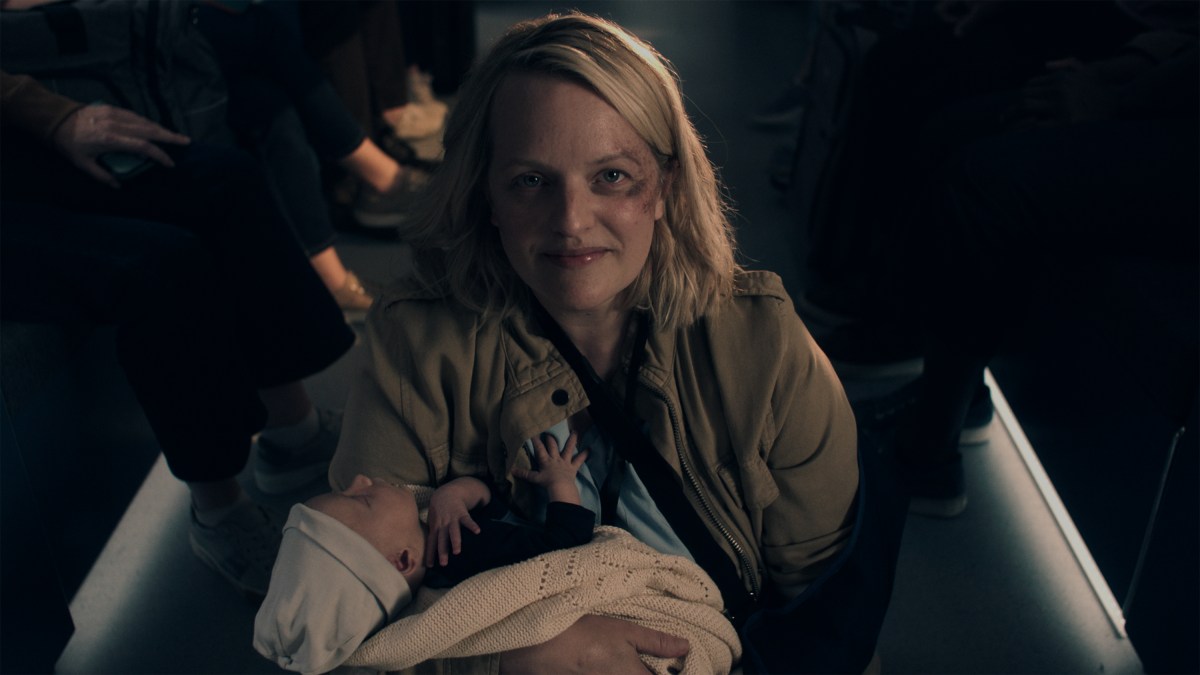One member of the team “driving” the Curiosity rover across the surface of Mars has a BFA in sculpture from the University of the Arts. Frank Hartman helps program the rover’s movements at NASA’s Jet Propulsion Laboratory in Pasadena.
Because of the 14-minute delay while signals travel the 154 million miles between Earth and Mars, the operators can’t move the rover in real time — it could drive off a cliff before the drivers on Earth even realized there was a cliff. Instead, the team spends the rover’s downtime during each Martian night analyzing the day’s images and data and programing the entire next day’s activity.
Hartman says his background as an artist is part of what he brings to the table. “All the rover drivers and planners have different strengths,” Hartman says. “One thing I’m able to do is interpret three-dimensionally what I’m seeing in these 2-D images.” He attributes that to studying sculpture at UArts.
Hartman started studying computer animation when it was a brand-new field 20 years ago. Through a friend of a friend, he heard about a job in JPL’s animation lab. While there, he wrote a video game simulating the actions of Mars explorers. This led to his joining the team that operated Pathfinder, the first Mars mission. He also worked on the Spirit and Opportunity rovers before Curiosity was launched.
“Some days I can’t believe people pay me to do this,” he says. “I’m very lucky.”
Education resume
Hartman, who graduated in 1992, started college at Drexel University, studying electrical engineering. Feeling frustrated and wanting a broader education, he transferred to the Philadelphia College of Art (as UArts was then known). As an art student, he combined his two interests — he designed kinetic sculptures with motors and lights.
Hartman also has a master’s degree in electrical engineering from Stanford.





























